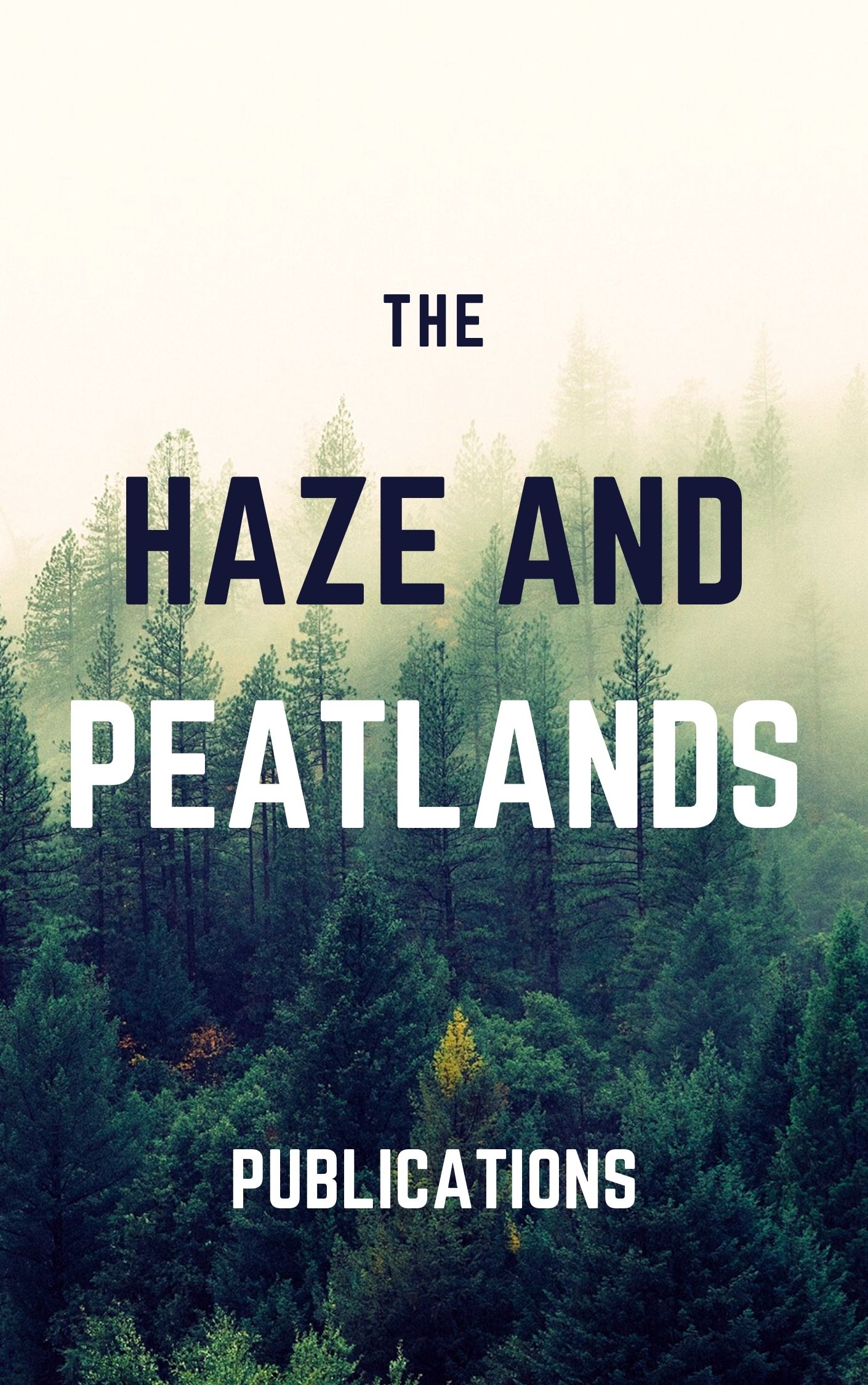Keyword(s)
climatic factors, competitive ability, dormancy, ecology, effects, germination, plant communities, plant succession, seeds, soil, toxic exudates, weed biology, weeds, wild relatives, New York, USA, ferns, Ficus, Imperata cylindrica, Macaranga, Nephrolepis, Paspalum conjugatum, Solanum, Moraceae, Urticales, dicotyledons, angiosperms, Spermatophyta, plants, eukaryotes, Imperata, Poaceae, Cyperales, monocotyledons, Euphorbiaceae, Euphorbiales, Oleandraceae, Pteridophyta, Paspalum, Solanaceae, Solanales, Middle Atlantic States of USA, Northeastern States of USA, APEC countries, Developed Countries, North America, America, OECD Countries, alang-alang, associations, cogon grass, Filicopsida, Histiopteris, regenerative ability/vegetative reproduction, United States of America, Plant Ecology (ZZ331), Biological Resources (Plant) (PP720), Weeds and Noxious Plants (FF500)

